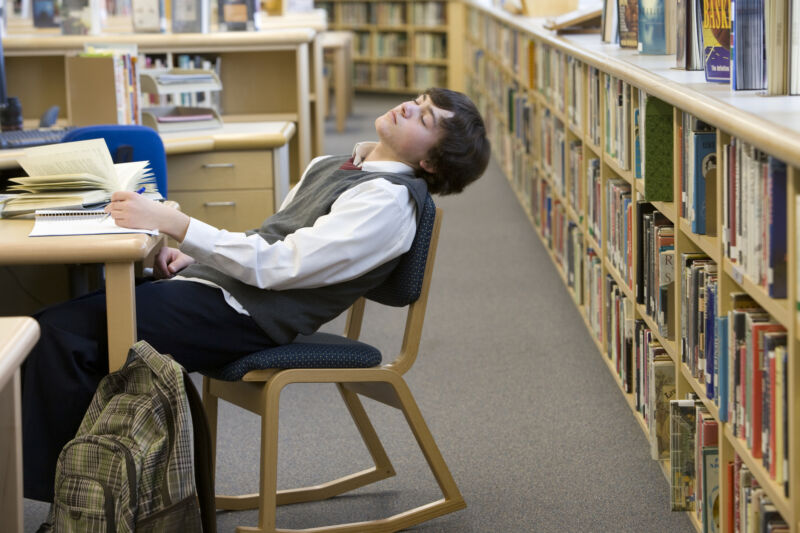
Enlarge (credit: Jetta Productions)
If you went to high school in the US, you may recall early morning extracurriculars, sleeping through first period algebra, or bleary-eyed late-night study sessions (as opposed to other wide-awake “study sessions” we told our parents we were having). As an adult, you might wonder if there’s a better time to explore Shakespeare than at 8 am, or expand a Taylor series right after you collapsed into your chair, half-asleep from your sunrise bus ride.
As it turns out, early school start times for US high schools are built on a shaky scientific foundation, as journalist and parent Lisa Lewis lays out in her new book, The Sleep-Deprived Teen. She details why high schools in the US tend to start early, the science behind why that’s bad for kids, and how later school start times can benefit not only teenagers, but, well… everyone. Perhaps most importantly, she provides a primer on advocating for change in your community.
The wheels on the bus go round and round
Our early start times are a bit of a historical accident. In the first half of the 20th century, schools tended to be small and local—most students could walk. Lewis points out that in 1950, there were still 60,000 one-room schoolhouses around the country. By 1960, that number had dwindled to around 20,000.
No comments:
Post a Comment